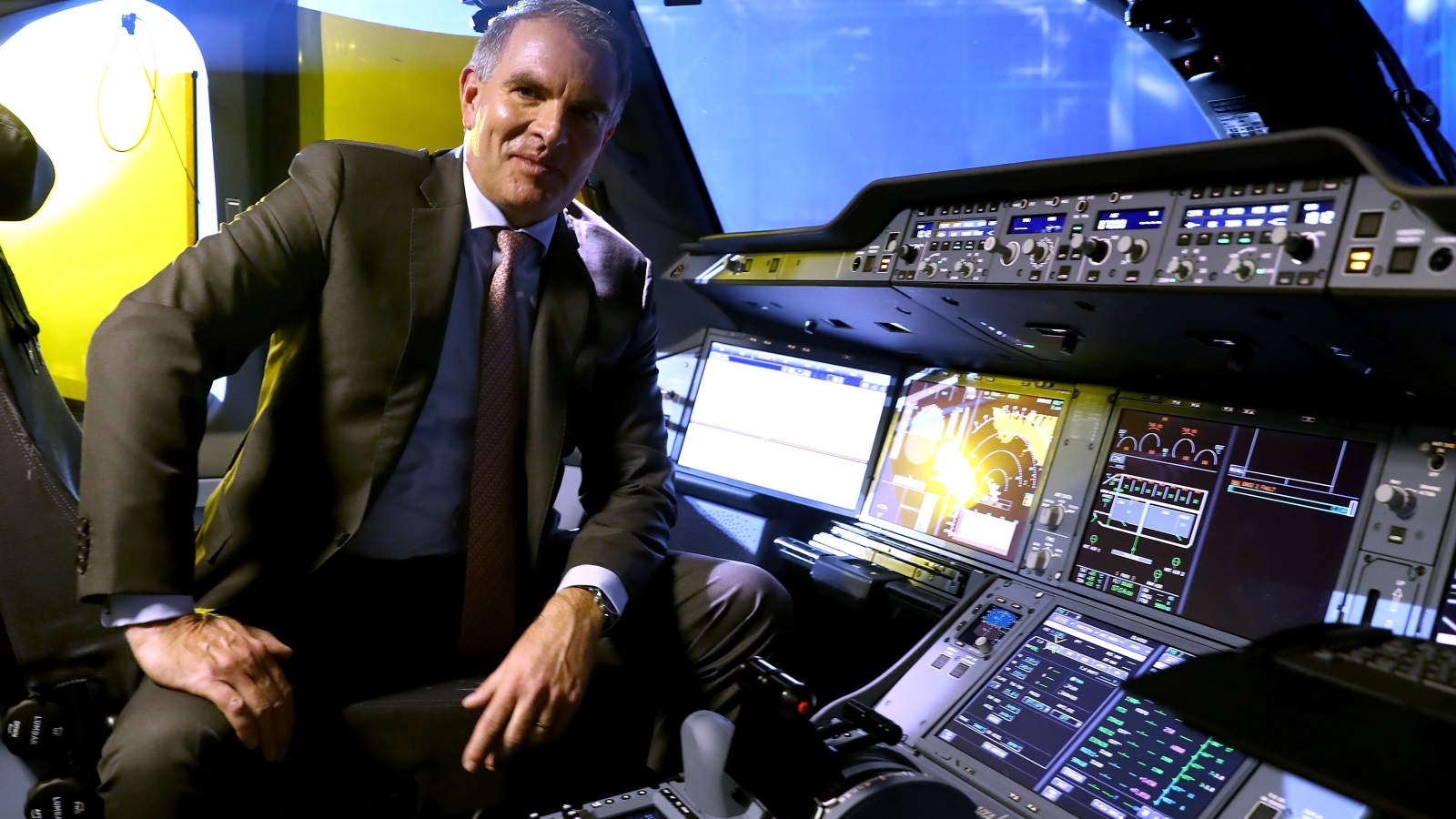In 2013, the US Aviation Administration decided to allow travelers to use electronic devices during their flights, including the moments of take-off and landing, ending a ban that extended for fifty years, and many international airlines followed suit, while many airlines continued to adhere to preventing the use of electronic devices during their flights. Why should we shut down the devices?
Why was it allowed to be used later?
As soon as the plane is ready to take off, the passengers are heard with the usual message, telling them to turn off their electronic devices.
According to regulatory procedures that are considered standardized around the world, the use of mobile devices is not allowed at altitudes less than three thousand meters, and this includes “flight mode” in the phone that stops broadcasting signals, but above this altitude the use of devices such as laptops and music players is permitted. , while phones must remain switched off.
These measures are intended to avoid potentially dangerous interference between the signals of these sensitive electronic devices and systems on the plane, but do these concerns have any scientific basis?
Airplanes are known to use hundreds of electronics-based systems known as avionics that are used for navigation, communication with the ground, and to track the components that keep them in the air. Some of these electronics involve sensors that transmit information to the cockpit.
Interference concerns come from the fact that smartphones and even other electronic devices such as iPods, tablets, laptops, and portable gaming devices all emit radio waves, and if the frequencies on which these devices transmit are close to those of the Avionics systems, the signals and readings may be wrong.
This can affect systems such as radar, communications and anti-collision technology, and the risks increase even more if those devices are damaged and start emitting stronger radio waves than they should be, or if signals from several devices combine together.
The cockpit includes radar, sensors and collision prevention that may be affected by radio waves of passenger devices (Getty Images)
This is in theory, but in practice, there are no recorded aircraft accidents at all confirming that such interferences caused them, but with that, the causes of some accidents can sometimes remain unknown, as the flight recorder cannot distinguish whether A major malfunction in one of the systems occurred as a result of electromagnetic interference from passenger devices.
What has changed now?
But with these potential risks, the US Aviation Administration in 2013 authorized the use of mobile phones and other electronic devices in aircraft during take-off and landing as long as the aircraft is well protected from electronic interference and the airline has obtained approval from it, but the phones must still be placed in "flight" mode. during use.
Moreover, some airlines have begun to allow travelers to use the phone for in-flight communications, such as the American companies "Virgin Atlantic" and "Delta Air", as their planes include special systems such as "OnAir" and "AeroMobile" that use mini mobile stations on board. The plane, called picocells, allows devices to transmit signals at low levels.
The broadcast is processed and re-broadcast to a satellite and then directed to terrestrial networks, which allows the use of mobile phones similar to "international roaming" when a person uses his phone in a foreign country, except that in that country you do not need to use a satellite connection.
Although the danger of operating electronic devices during take-off and landing has not been proven, most airlines still prohibit it (Getty Images)
Systems such as "Aero Mobile" allow you to use your phone for high-altitude communications in the air, but not during takeoff or landing, while the US Aviation Administration allows phones to be used in all phases of flight, but in "flight" mode, which cannot make phone calls.
However, many airlines prefer to use caution and prevent passengers from operating devices during take-offs and landings because it is still difficult to prove that there is no interference.

